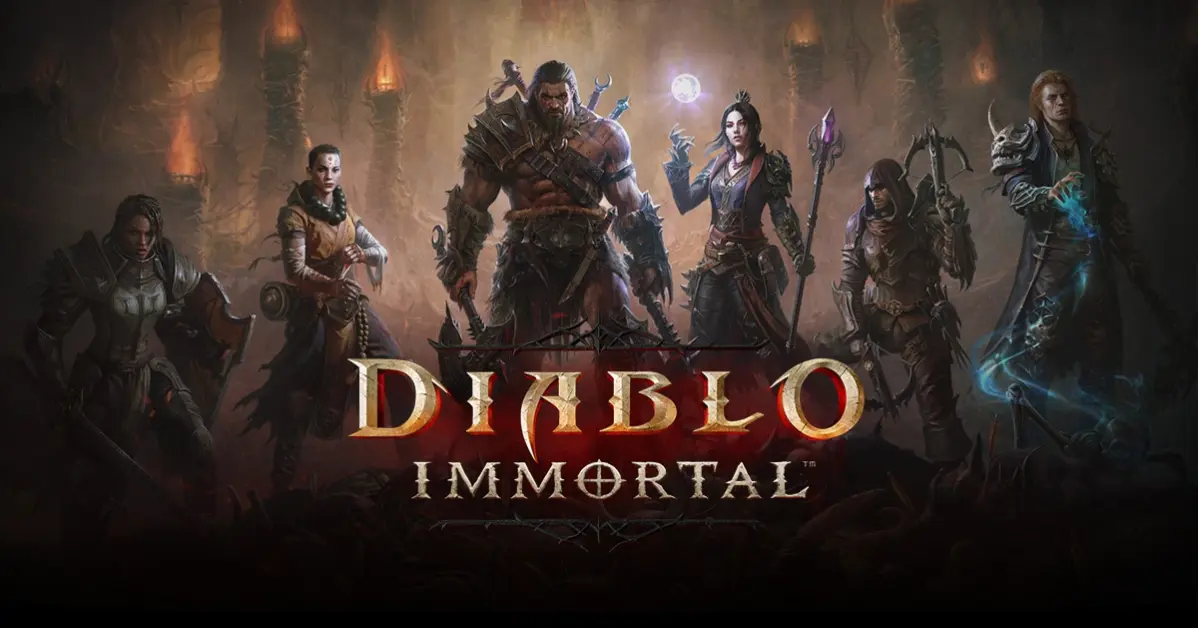When Diablo Immortal was first announced, it got buried under backlash almost immediately. A lot of that came from the idea that a mobile game couldn’t possibly live up to the Diablo name.
But the game that launched (and especially the version that exists now) isn’t some watered-down, throwaway spin-off. It’s a full RPG with real-time combat, a full class roster, skill customization, loot grinding, and a decent chunk of endgame content.
It’s easy to write this off as “Diablo Lite,” but once you get past the early levels and into the real build-crafting and challenge content, it starts feeling more like a proper Diablo experience. It doesn’t replace the mainline games but it doesn’t try to. It’s doing its own thing, and for what it is, it does it well.
Story
Diablo Immortal takes place between Diablo II and III, picking up after the Worldstone shatters. The world’s falling apart and pieces of the Worldstone are scattered, corrupting everything they touch. You step in as the usual wandering hero, trying to stop demons from using that power to reshape the world.
There are cutscenes, named characters, and faction conflicts, but nothing here is going to hit like Diablo II’s legacy or IV’s darker tone.
The story gives just enough context to push you through the zones and bosses, but it’s not the reason you stay. Dialogue is fine, world-building is solid, but the real focus is the gameplay loop. If you’re here for a rich narrative, lower your expectations
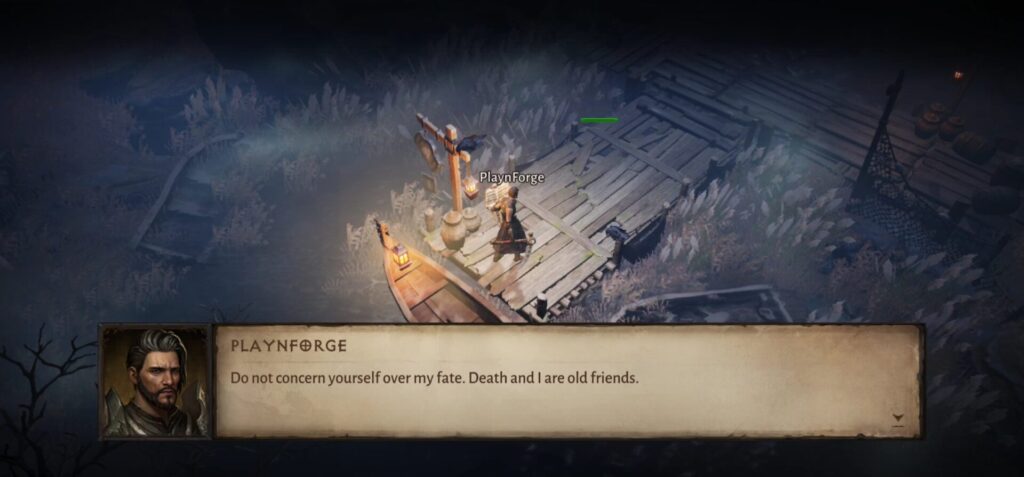
Gameplay
This is where the main focus of the game is.
Movement and combat are smooth, and every class has a distinct playstyle. Skills run on cooldowns instead of resource meters, which shifts the pacing. You’re managing ability rotations, dodging attacks, and keeping enemies grouped to maximize your damage.
The touch controls are actually solid, auto-targeting helps, but you’re still the one choosing movement, skill order, and positioning. Dungeons are short and punchy, world events drop in constantly, and there’s no shortage of things to click on.
Each class feels strong out of the gate, but the real depth comes in once you unlock more gear and start tuning builds for specific roles like PvE farming, PvP, rift speed-clears, or boss fights.
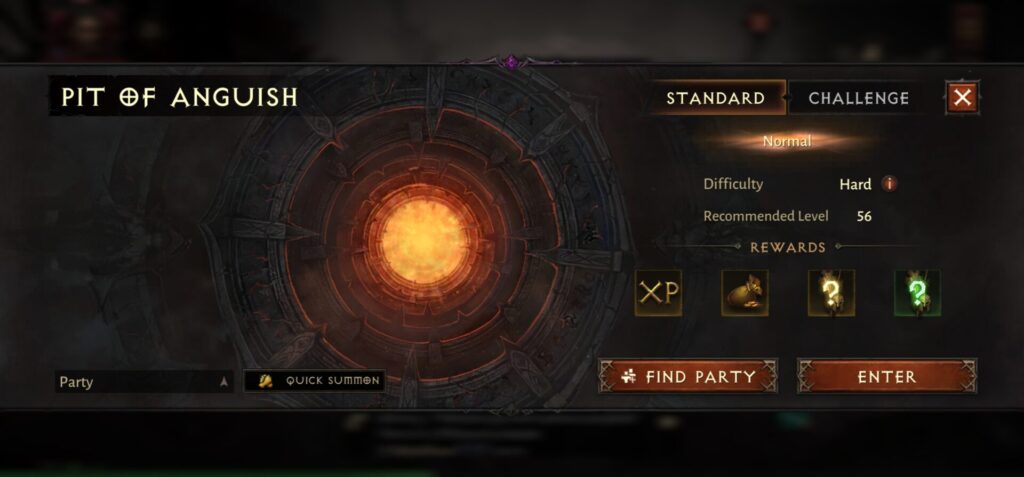
Progression – Grind, Gear, and Daily Chores
Leveling is fast early on, then slows once you hit around 60. After that, you enter Paragon levels, which open up skill trees with passive bonuses. This is where long-term grinding kicks in. Gear drops constantly, and you’ll be upgrading, socketing gems, refining stats, and balancing legendary items to match your playstyle.
There’s a clear daily loop: bounties, dungeons, rifts, and events. Some of it feels like busywork, but it all feeds into your progression. Legendary gems and crests are a big part of the power curve and also where the whaling gets aggressive but if you’re okay with slower gains, free-to-play is viable.
There’s also faction-based PvP and warband raids, but they lean more into organized group play. You can ignore them, but if you want full power progression, they become part of the routine.
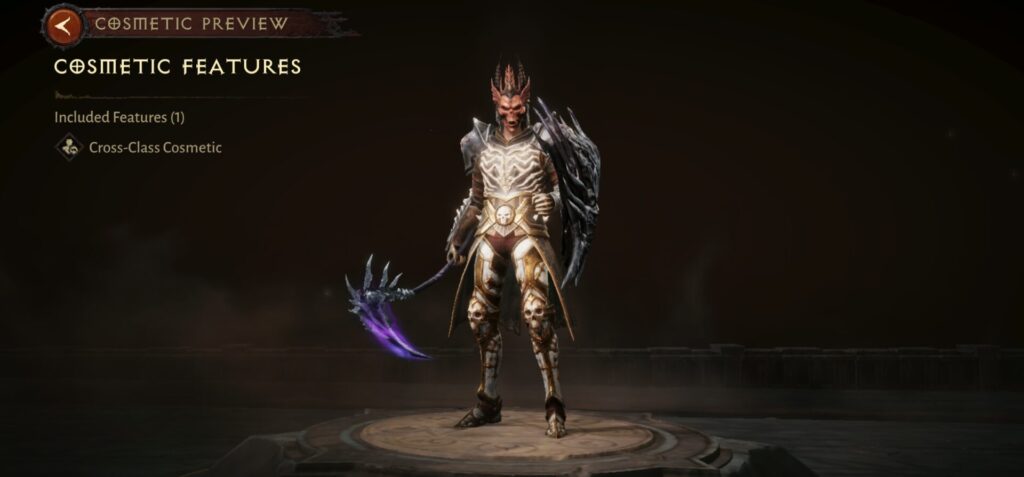
Classes
Diablo Immortal launched with six classes: Barbarian, Crusader, Demon Hunter, Monk, Necromancer, and Wizard. Each one plays close to how they do in other Diablo games, just with slight adjustments for mobile pacing.
- Barbarian is your melee tank with fast movement and AoE damage. Easy to play, strong in early content.
- Crusader feels like a more durable Barbarian with a focus on buffs and mobility.
- Demon Hunter dishes out high single-target damage and stays mobile, but dies fast if you mess up positioning.
- Monk is all about fast combos, group utility, and dodging. Takes more effort to master.
- Necromancer brings summons and control, still one of the easiest solo classes with good survivability.
- The Wizard throws out big AoE spells and combos, but you have to time them right and stay out of trouble.
Two additional classes were added later on: Blood Knight and Tempest. Both of them being melee- hybrid classes.
There’s not a bad class among them, but some shine more in PvP or late-game farming. You can swap classes later without losing most progress, which makes experimenting easier if you hit a wall.
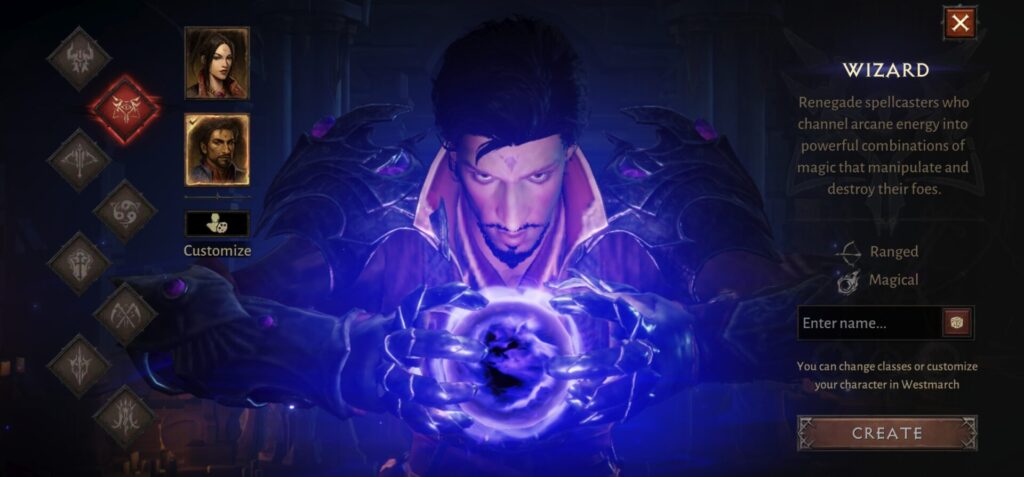
Graphics
When it comes to the looks of the game, there is not really much you can say. It’s not the grittiest or most realistic entry in the series, but it hits that sweet spot of clean design and performance. It looks good, runs well, and doesn’t get in the way of the gameplay.
Environments are detailed enough to feel immersive, with distinct biomes and atmosphere in each zone. Character animations are smooth, and skills have solid impact without cluttering the screen too much, even during chaotic dungeon runs.
Conclusion
Diablo Immortal might not win over every Diablo fan, but it’s more than just a mobile cash grab. The core gameplay loop is tight, the classes are fun to experiment with, and the content pipeline is steady. It’s a real RPG that happens to live on mobile and PC now too.
But yeah, P2W is noticeable, especially in the late game. If you’re someone who wants to stay competitive or hates seeing systems tied to wallets, you’ll feel it. If you’re just here to grind some mobs, play around with builds, and dip in and out at your own pace, it holds up surprisingly well.
Pavle is the founder of PlayForge and its lead writer and reviewer, covering PC, PS5, and mobile games, a with a focus on RPGs, MMOs, FPS games, and more. He’s been gaming since the PS2 days and now writes in-depth reviews and guides to help players find their next obsession and get gaming insights from real players, not just critics. His reviews are honest and transparent, but he always tries to stay positive, because in his opinion, almost any game can be fun if you look at it the right way.
In his free time, he likes to (obviously) play more games, spend time with his family, theorycraft about various media with his wife, and watch anime. So yes, he’s a complete nerd, even if he’ll never admit it.

